How To Spend It in... Brittany
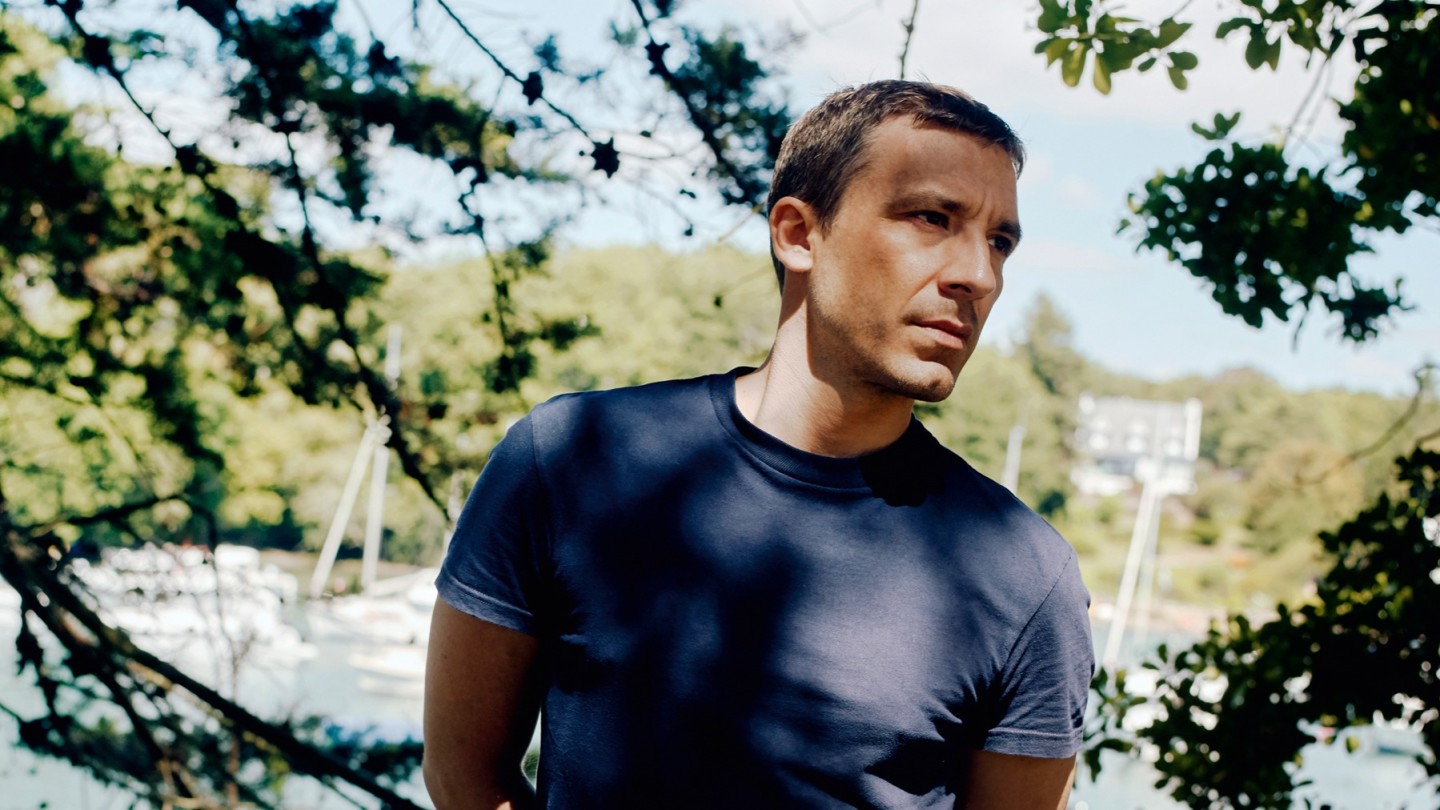
Roula Khalaf, Editor of the FT, selects her favourite stories in this weekly newsletter.
I call myself Breton, though I’m a mix – my father is Italian. I was brought up in Le Pouldu, a tiny fishing port that is a thriving holiday area. It’s still unspoilt and beautiful. As a child the sea was my fun – you learnt to swim, water-ski, surf and sail very early.
As a teenager I loved it but naturally I wanted to leave. There was a gang of us surf dudes hanging out at parties in the woods, listening to new techno music. We aspired to cult T-shirts from Oxbow or Kanabeach, fake Yamamoto knits and army surplus like the shoots in i-D and The Face, magazines I ordered from the village newsagents. Meeting holidaymakers from abroad created a longing to be elsewhere.
Art was an influence – Gauguin lived at Le Pouldu in the late 1880s, when artists from Paris joined a colony nearby in Pont-Aven. Gauguin joined them but found it too hectic and moved here, to the Buvette de la Plage, run by Marie Henry, an independent single mother – rare then in Catholic Brittany. It was here he developed his ideas on perspective and primitivism: Bretons were mostly farmers and fishermen, very different from Parisians. He had no money and paid his way by painting. Henry fell out with him before he went to Tahiti. When he returned he sued her for the paintings, but lost. A replica of the house is now a little museum, the Maison Marie Henry, and there is a beautiful trail round the area showing where Gauguin painted locals farming, fishing or dancing.
I studied to be a curator but I missed drawing and went to fashion school in Brussels. In my final year I won a prize – two paid collections – and then I interned at Balenciaga with Nicolas Ghesquière, who is a huge inspiration. I left when he did, and landed at Paco Rabanne.
I love coming home to be free. I spend part of the summer here, usually in June when it’s light until 11pm, and I also come back in early October after the shows.
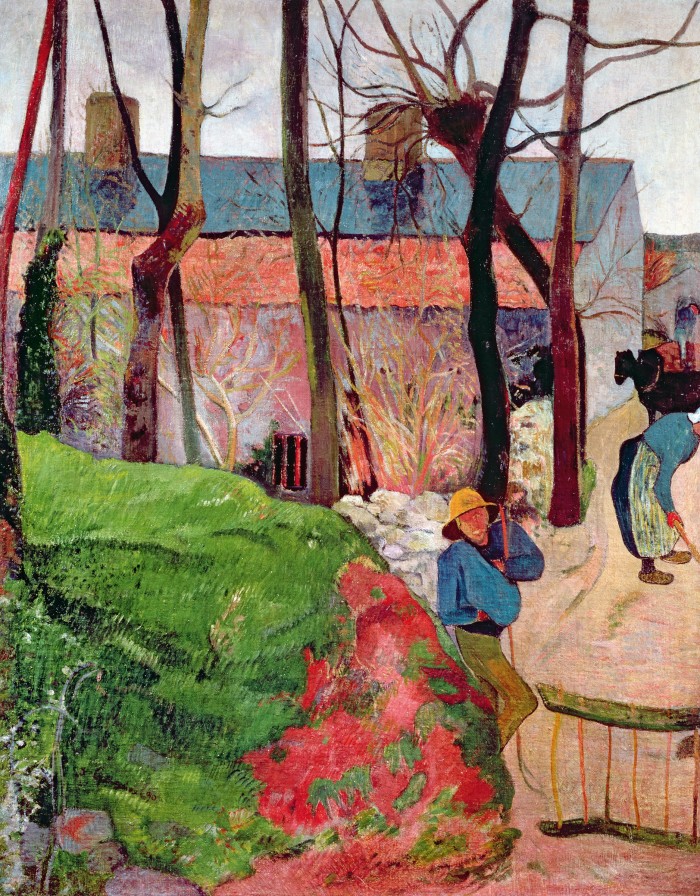
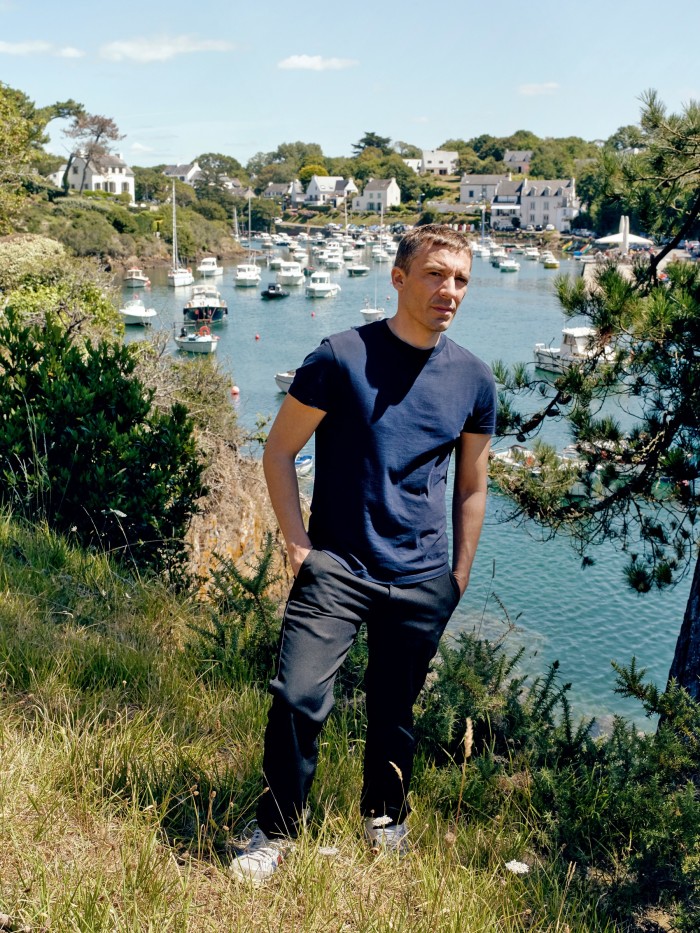
My favourite beach is Le Kérou – it’s spacious and white with good surfing, and two friends run its excellent surf school. Next door is Au Grand Bleu, one of my favourite restaurants; laid-back and very good for dinner or just a drink. There are no superyachts in smart marinas around here, just little sailing boats in sheltered estuaries. But it’s also the home of great round-the-world sailors and there are serious sailing schools nearby. I was sent with my younger sister to the Ecole de Voile at La Cale – she hated it, jumped overboard and started swimming for shore, which ruined my lesson!
Sailing is the way to explore the coast and islands. An hour from Le Pouldu is the island of Groix, which has hardly any cars, mostly bikes, amazing beaches and clear water. Ti Beudeff is the bar where the sailors go, low-key with wooden benches and festive late at night with live Celtic music. It also does the freshest langoustines. Then wobble back to Ty Mad, a cool hotel in midcentury style. And it’s worth checking out L’Ecume, a characterful bookshop with live events and a great little café.
There’s a fast ferry to Groix from Lomener, but the Iles Glénans are more remote, though you can day-trip in summer from Concarneau. They’re an archipelago with nothing but white sand, Caribbean-blue water and seabirds, and an elite sailing school. It’s exhilarating to sleep on the boat, camp on the beach and get lost on the island – we take our own food when we go, though there are restaurants.
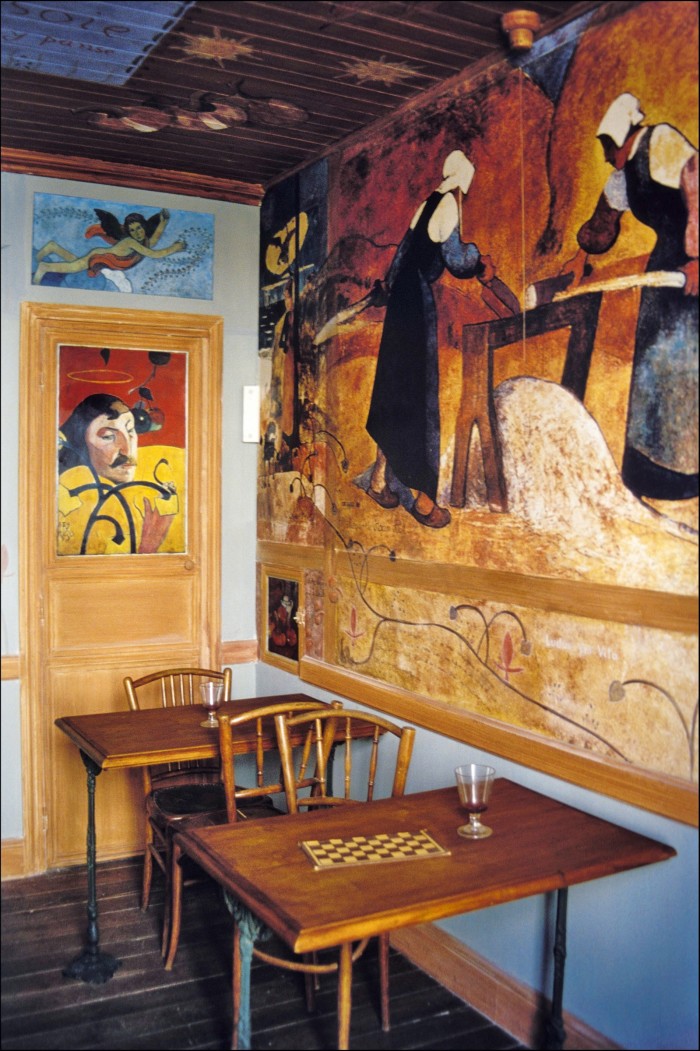
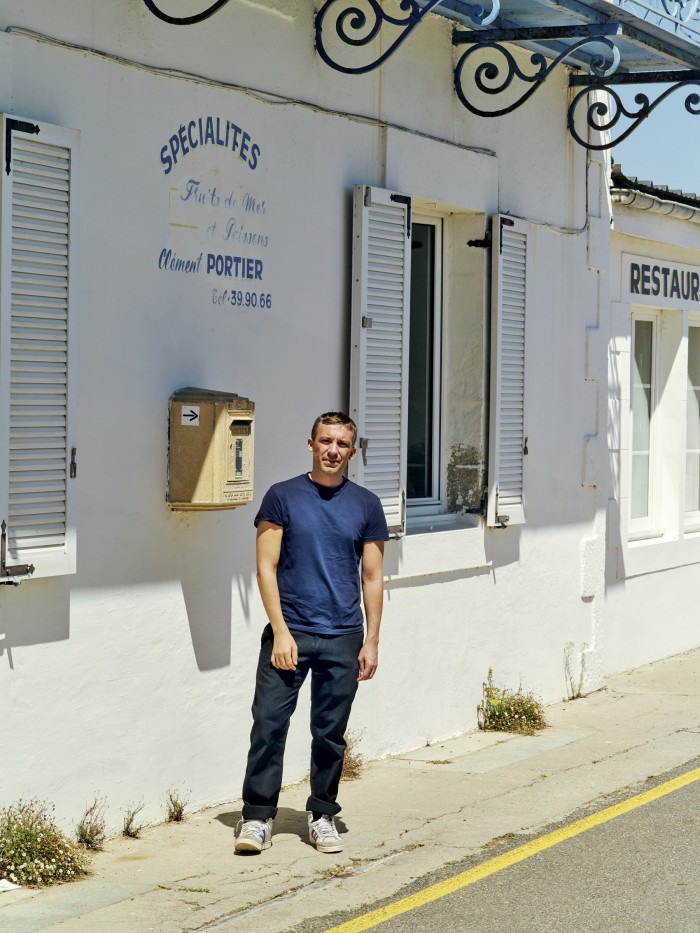
My grandparents, who spoke Breton, kept one of Le Pouldu’s biggest hotels, Hotel du Pouldu, where I grew up. It has wonderful views across to Groix, a big garden and direct beach access but it is austere, with a touch of Jacques Tati’s film Mr Hulot’s Holiday about it. However, it’s great to visit as a seafood lunch spot – with leisurely service, so be prepared to relax. For somewhere quirky to stay, try Maison Castel Braz at Pont-Aven, which looks like a tall, thin château, has a clever mix of vintage and midcentury fittings and is very friendly, or Le Vintage in Quimperlé, with works by local artists in each room. The Sofitel Thalassa at Quiberon is a more contemporary resort built on the dunes with a spa.
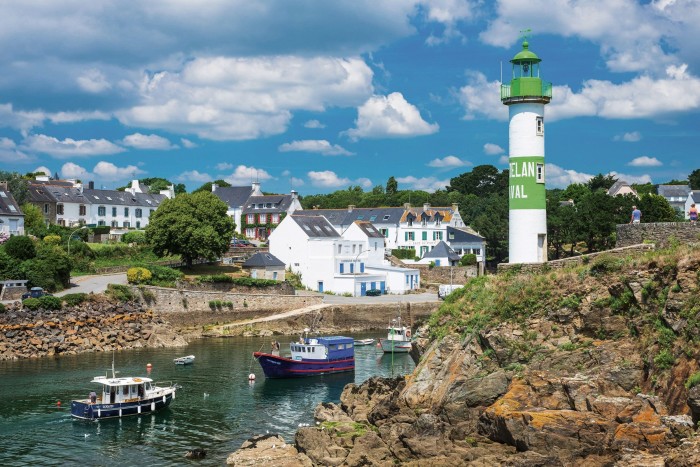
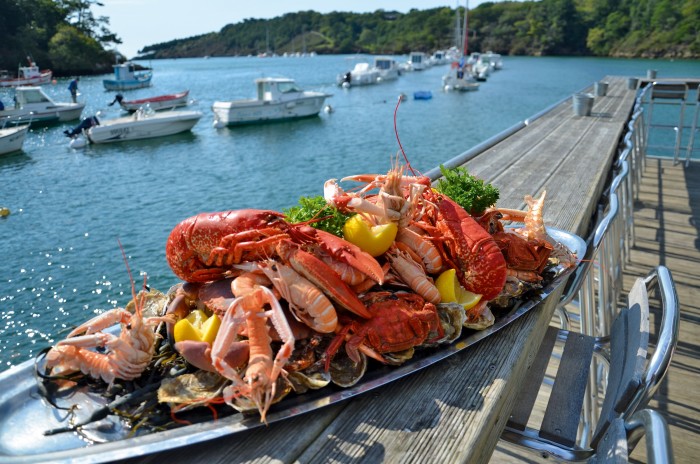
Good food is everywhere. Go to any small harbour like Doëlan, and in the afternoon you can buy sea bass fresh off the boat. Or go to Riéc-sur-Belon, which is famous for flat oysters that are very expensive in Paris. The mix of fresh and salt water makes them taste of chestnuts. At Chez Jacky, a simple stone building by the river, choose oysters from the tank or have steamed crab with good bread, local butter and a glass of Muscadet – fantastic. Walking it off is easy as the GR34 long-distance path that runs all around the Brittany coast passes along the inlet. The same path runs round the bigger inlet at Pont-Aven, with its wooded hills and 14 water mills along the river. No wonder artists loved it: in the Beaux-Arts Museum there, you’ll find paintings by Gauguin and others of the Pont-Aven School. There’s an easy trail round the artists’ favourite painting spots and the antique shops are worth a look – it’s said that someone once found a Gauguin sketch recovered from an old farmhouse in one. Buy some buttery galettes from my favourite biscuiterie, Traou Mad; and you will find a big choice of traditional Breton pottery – the best is by Henriot, handmade for more than 300 years in Quimper, where you can tour the workshop.
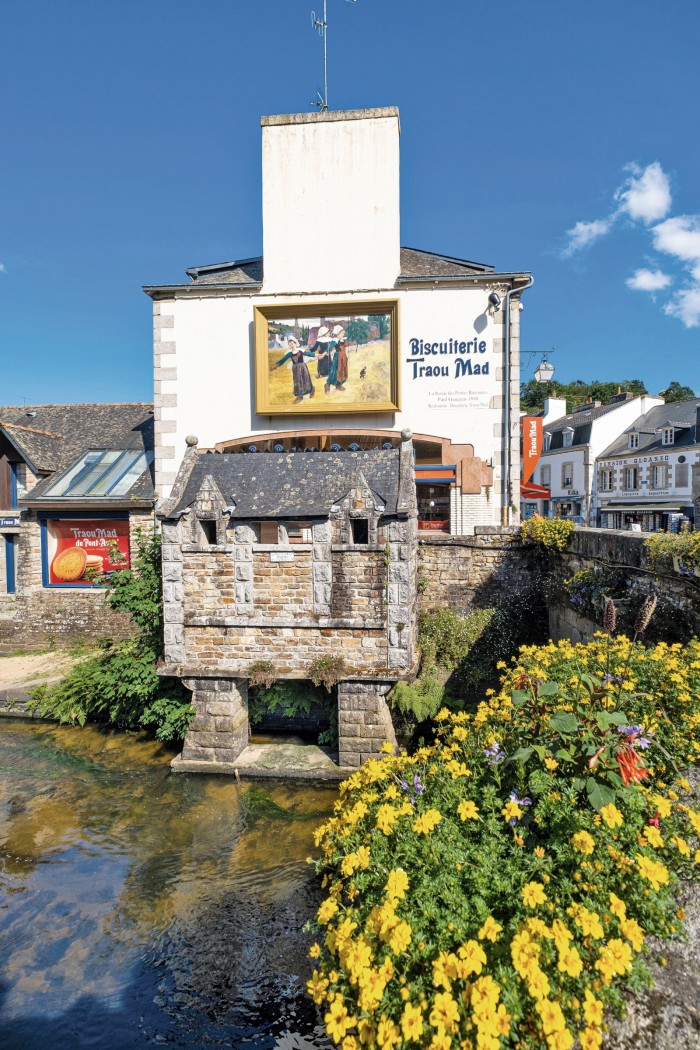
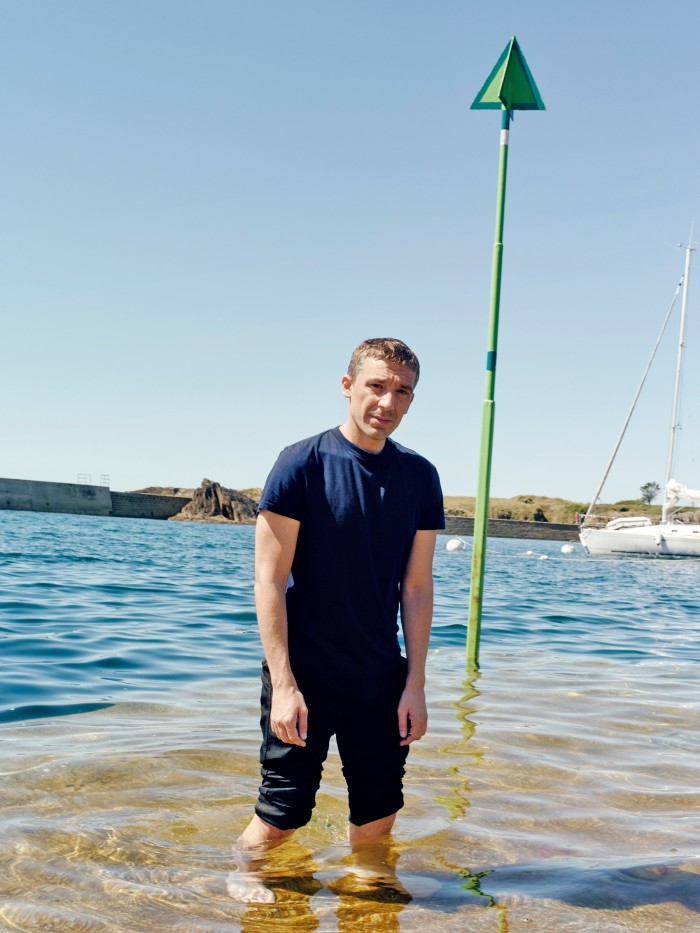
I love exploring the River Laïta, which forms Le Pouldu’s estuary. A few kilometres upriver are the peaceful medieval ruins of the Abbey of Saint-Maurice, hidden in the forest and surrounded by lovely, slightly wild gardens. I like to walk there, especially as there is the brilliant Crêperie de Saint Maurice nearby. Crêpes are the local dish so you’ll find them everywhere, but these are the best.
One of Brittany’s cultural centres is Lorient. In 2003 the futuristic Grand Théâtre opened as a national drama centre and now has its own company that does adventurous productions and gets good touring drama, ballet and opera. Even the café is très sympa. They have a creative partnership with visionary Paris design studio M/M for publicity graphics. The huge, graffiti-style posters caused a stir initially and are now studied on art courses. My favourite building is the Lorient submarine base, now a museum. It was taken over in the second world war by the Nazis, who built a vast, brutalist structure to house and protect U-boats.
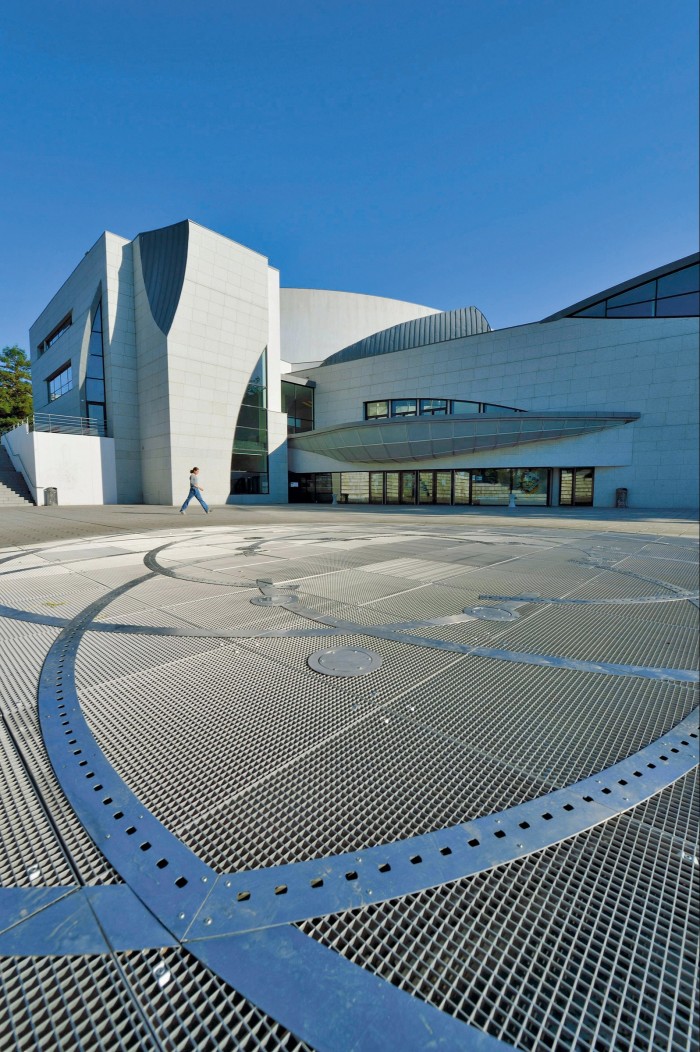
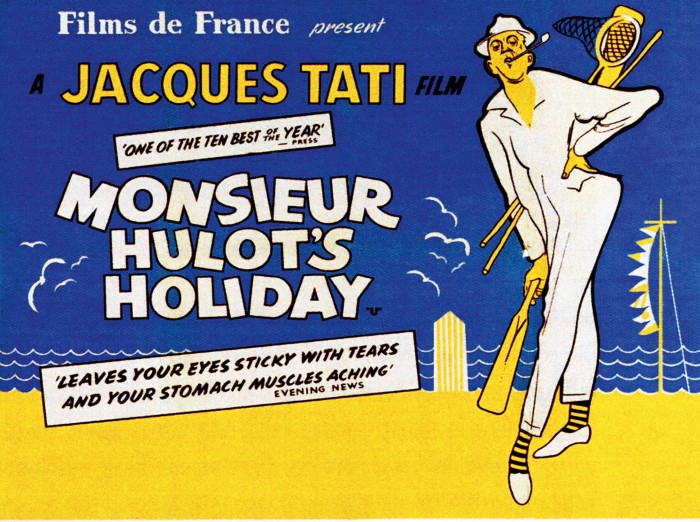
In early August the global Celtic community descends for a festival – music, dance and bagpipe playing, with a band in every café. I’m not militantly Breton but I go for the ambience and the language, which nearly died out after French was imposed in the late 19th century. Many towns hold a pardon in the summer, with religious processions where people in local costume appear like figures from a Gauguin painting. The lace and embroidered black velvet has influenced me at Rabanne, giving a contemporary romantic element to a brand known for 1960s futurism. But the best time to visit home is winter, when everything is closed, the weather is wild and I know most of the people I meet. A family feeling, oysters and Gauguin – what could be better?
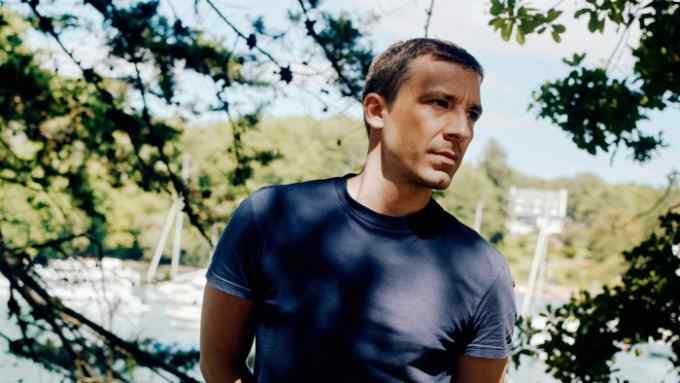
Comments